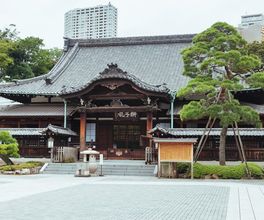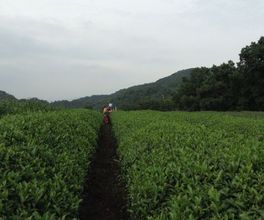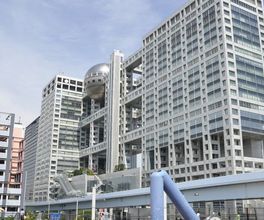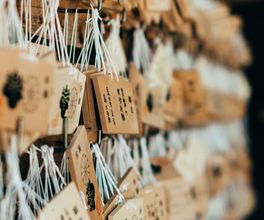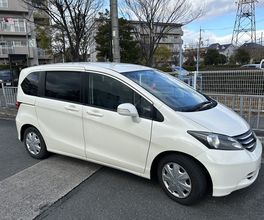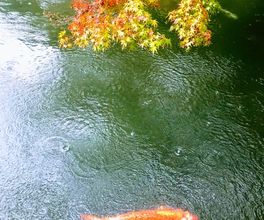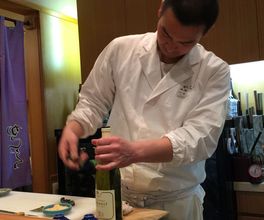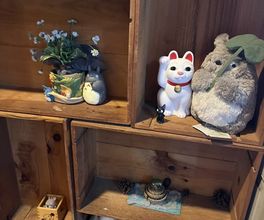




About this experience
Where to try matcha green tea in the best traditions of Kyoto while being in Tokyo?
Many professionals who have studied Japan inside out will tell you that when it comes to tea ceremonies, Tokyo slightly lags behind the ancient city of Kyoto – the range of services there is wider, the atmosphere of the ex-capital with refined architecture and culture is more fitting, and the places in Tokyo where you can have a tea ceremony while dressed in a kimono are few, and bookings should be made in advance, especially during cherry blossom season or autumn's red maple leaves... And they would be absolutely right.
Getting an idea of the taste of matcha green tea and matcha desserts is possible in the center of the noisy modern capital of Japan, especially since the tea we are interested in is also delivered here from Kyoto. You can dive into the 'tea' theme in Tokyo even in bad weather when rain and wind prevent you from strolling through traditional gardens, or in the wild heat of Japanese summer. Everything is for the best – we will get acquainted with matcha (or maccha) in several tea cafes scattered around the city, practically always near major stations or in business districts of Tokyo.
These cafes have their charm, the atmosphere of everyday life of Tokyoites – these establishments bear the stamp of the rhythm of life of Greater Tokyo. They are very different – from cozy corners to literally alcoves with seating, like in one of the photos. Many of these cafes are run by well-known manufacturers of green tea from Kyoto prefecture – I will tell you about their tea history and traditions. Competing with each other for centuries, tea brands from Uji have brought the taste qualities of some tea varieties to perfection.
One can talk and talk about desserts with matcha flavor – here you can find green tea ice cream with sauce or juicy biscuit pieces, 'multi-layered' parfaits, emerald-green cheesecake with a high content of matcha tea, and 'raw' chocolate with matcha. The menu always reflects the changing seasons – for example, in spring you might try an extra scoop of ice cream with pickled cherry blossoms, in autumn it could be sweet chestnuts.
Our route logistics may look like this: Tokyo Station – Shinjuku Station – Midtown complex in the Roppongi area, so it is quite possible to combine it with visiting other attractions or as a break between them.
There are other route options and 'correct' places, true oases in the bustling Japanese megacity with its silent crowds. The timing of the visit should be chosen carefully because there is no shortage of locals, known gourmets, willing to enjoy matcha-dessert in a cozy cafe in a completely 'non-touristic' Kagurazaka area, as the queue might be as long as the one for 'green tea' ice cream at the trade complex by the new Sky Tree TV tower, or in Shibuya with its endless stream of people.
Organizational Details
- Number of participants - maximum three, plus me, the guide, as reservations for seats in such cafes are rare, and even tables for 4 people are not so common.
- Any time of the day except early morning and late evening. Most tea cafes open after 10 a.m. and close around 8:00 p.m.
- Payment of the guide's fee and transport expenses during our tour - only in local currency (in yen at the Travelex exchange rate in central Tokyo on the day of the tour).
